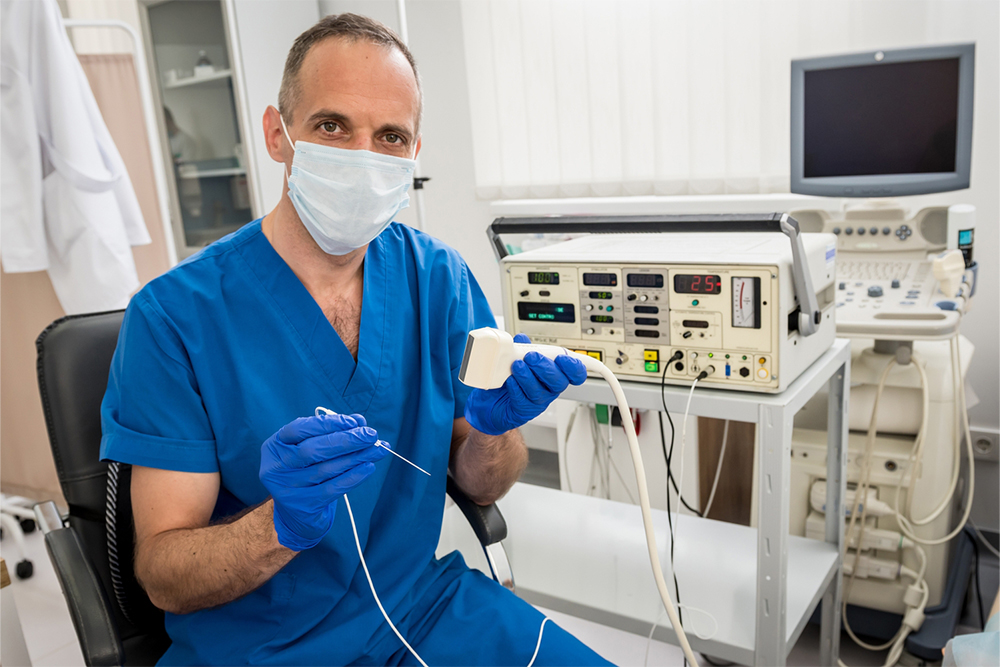Comprehensive Guide to Angiography: Essential Insights and Patient Preparation
This comprehensive guide explains angiography, a vital imaging technique for diagnosing vascular health issues like blockages, aneurysms, and clots. It covers preparation, the procedure process, risks, and post-care, empowering patients with essential knowledge for safe and effective diagnosis and treatment planning.

Comprehensive Guide to Angiography: Essential Insights and Patient Preparation
Angiography, also known as arteriography, is a fundamental imaging technique used extensively in modern medicine to visualize the intricate network of blood vessels throughout the body. This procedure plays a critical role in diagnosing various cardiovascular conditions, detecting blockages, aneurysms, blood clots, and other vascular abnormalities. Understanding angiography—from its purpose to the steps involved and necessary precautions—can significantly empower patients and aid healthcare providers in delivering optimal care. This comprehensive guide offers detailed insights into what angiography entails, why it is performed, how to prepare for it, what to expect during the procedure, and post-procedure care to ensure successful outcomes.
What Is Angiography and How Does It Work?
Angiography is a sophisticated diagnostic imaging test that utilizes X-ray technology in conjunction with a special contrast dye. This dye is injected directly into the blood vessels, allowing them to become visible on X-ray images. The process provides a detailed map of blood flow within arteries and veins, enabling healthcare professionals to identify blockages, narrowing, aneurysms, or other vascular abnormalities that could compromise blood circulation. The technique's precision makes it invaluable in cardiovascular medicine, pre-surgical planning, and treatment evaluation.

Indications for Angiography
There are numerous medical conditions where angiography becomes essential. It helps pinpoint exact locations and severity of issues within the blood vessels, guiding effective treatment strategies. These include:
Coronary artery disease (CAD), which involves obstruction or narrowing of arteries supplying the heart
Aneurysms or abnormal dilation in blood vessel walls, which pose a risk of rupture
Peripheral artery disease (PAD), affecting blood flow to limbs, causing pain or claudication
Vascular malformations that may cause bleeding or dysfunction
Blood clots in the lungs leading to pulmonary embolism, a life-threatening condition
By providing a clear visualization of the vascular system, angiography assists in planning interventions such as angioplasty, stent placement, or surgical bypass, ultimately restoring blood flow and reducing health risks.
Preparing for an Angiogram
For a smooth and successful procedure, proper preparation is crucial. Patients are advised to follow these preparatory steps:
Thoroughly review your medical history with your healthcare provider, paying particular attention to allergies (especially to iodine or shellfish, which may relate to contrast dye) and current medications.
Fasting is generally required; avoid eating or drinking for several hours before the procedure, typically 4-6 hours.
Follow your doctor’s instructions regarding medication adjustments. Some medicines, especially blood thinners or diabetes medications, may need to be temporarily stopped or modified.
Sign all consent forms after ensuring you understand the risks, benefits, and alternatives to the procedure.
Complete any recommended laboratory tests, such as blood work, to assess your overall health status and kidney function, which is important for contrast dye clearance.
The Angiography Procedure: What to Expect
During the procedure, patients can anticipate the following steps:
Position yourself on an X-ray table; sedation or local anesthesia may be administered to help you relax.
The medical team cleans and disinfects the chosen insertion site—commonly the groin, wrist, or arm—and numbs it with local anesthesia.
Once numb, a thin, flexible catheter is carefully inserted into the blood vessel through a small incision.
The contrast dye is injected through the catheter, circulating throughout the blood vessels to enhance visibility under X-ray imaging.
X-ray images—called angiograms—are captured in real-time to observe blood flow and identify any abnormalities.
After completing imaging, the catheter is gently removed, and pressure is applied to the puncture site to prevent bleeding. Sometimes, a closure device is used to seal the site.
Potential Risks and Complications
Although angiography is generally safe, it does carry some risks, which should be discussed with your healthcare provider beforehand:
Bleeding or bruising at the insertion site due to vascular puncture
Mild allergic reactions to the contrast dye, such as rash, itching, or dizziness
Infection at the puncture site, although rare
Kidney injury, particularly in patients with pre-existing kidney problems, due to contrast dye toxicity
Formation of blood clots at the catheter tip, which could lead to vessel blockage
Understanding these risks allows patients to make informed decisions and helps medical teams take preventive measures to reduce complications.
Post-Procedural Care and Follow-Up
After angiography, proper care ensures optimal recovery and accurate interpretation of results:
Monitor the puncture site for bleeding, swelling, or signs of infection.
Maintain hydration by drinking plenty of fluids to help flush out the contrast dye and support kidney function.
Avoid strenuous activities or heavy lifting for at least 24 hours or as directed by your physician.
Keep follow-up appointments to review imaging results, discuss findings, and plan further treatment if necessary.
Notify your healthcare provider immediately if you experience severe pain, dizziness, fever, or signs of allergic reactions.
In conclusion, angiography stands out as a vital diagnostic tool in modern cardiovascular medicine. It provides detailed insights into vascular abnormalities, guiding targeted treatments that can significantly improve patient outcomes. Proper preparation, awareness of potential risks, and diligent post-procedure care are key to ensuring the safety and success of this important medical procedure. Always consult your healthcare professional for personalized advice tailored to your specific health needs.





